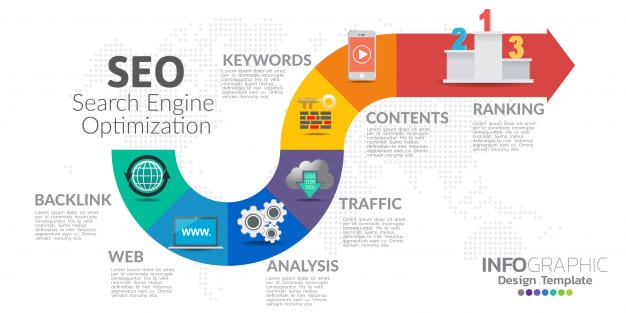
Are you looking to provide services or products to global clientele? Would you like to expand your brand’s reach beyond your country’s borders? A solid international search engine optimization (SEO) strategy can get you there. In this digital marketing tutorial, we will discuss some of the best practices for International SEO.
What is International SEO?
International SEO – also known as global SEO – involves the processes and practices used to optimize your search content for other countries around the world. If implemented correctly, an international SEO strategy will tell search engines what languages you support, where your business operates, and which countries you want to target.
What Is the Difference Between International SEO and Regular SEO?
“Regular” SEO aims to get you the highest possible rankings in the search results so you can boost your brand’s reach, get more eyes on your content, increase conversions and sales, and so on. International SEO has that same goal, but on a global level, and it uses standard SEO best practices as its foundation. In other words, if you are looking to expand your reach via international SEO, you will use some standard SEO skills to get there.
Standard SEO focuses on your home country by default. If your business is based in the United States, for example, regular SEO will assume that you want to rank high there and not in Europe, South America, or some other region of the world.
International SEO focuses on whatever region you want to expand to. If you take the leap into international SEO, you will have to consider different languages and customs, local audiences, local competitors, having multiple websites, etc. And you will also have to consider various popular search engines, as they may differ according to the regions you want to target.
In short, if you are just starting a site for your new business, you will need to implement standard SEO, so it has a strong foundation. Then, to expand globally, you will need to take your efforts up a notch to implement international SEO techniques and all the specific tweaks that come with it.
There are several different elements to traditional SEO and we have a few great SEO guides and checklists to help you ensure they are implemented properly:
Do You Need International SEO?
As you will soon discover, international SEO can take a lot of time and effort to implement correctly. Luckily, every business does not need it. If you plan to target local audiences in your city, state, or country, you probably should not waste resources on an international SEO strategy. And, if you decide to implement international SEO anyway, even though you do not operate globally, that decision could backfire as overseas customers realize that you cannot serve them.
However, if you plan to expand globally and want to capture audiences worldwide, international SEO is a must. But since you will likely run into stiff competition from multinational corporations and companies with experience in international markets, you will have to ensure that your global SEO strategy is on-point and follows as many best practices as possible.
What Can Affect Your International SEO?
Several factors can affect your global SEO efforts. Your Google My Business account is one of them, as it gives the search engine a starting point for where you operate so it can pinpoint language and geographic metadata on your website.
We have two helpful guides if you need help with your Google Business listing:
Customer reviews can also affect your international SEO efforts. The more positive reviews you have from around the world in the regions you target, the better. And as your positive reviews grow, you also get more chances to rank for your primary keyword to boost your visibility.
Link building is another factor that affects international SEO. The more high-quality links you have going to your site from international sources, the higher your global rankings can be. While it will take quite a bit of work, connecting with international influencers to build links or writing for local blogs can help you become a global authority.
We have a great Guide to Link Building Strategies if you want to learn more.
Do not forget mobile responsiveness either, as it is another factor that affects international SEO. Your site needs to be responsive on mobile in various countries if you are taking the international route. To ensure this happens, use a content delivery network. It can accelerate the delivery of your content no matter where you are.
What Is the Difference Between International and Local SEO?
Could a business need international and local SEO to expand its reach and realize its potential? Absolutely, but there are several differences between both types of search engine optimization that you should know before investing time or effort in either.
Local SEO
Local SEO involves optimizing a site to grow brand awareness and get leads through local search. This type of SEO is ideal for a business that emphasizes customers in a specific location, such as a region or city.
When a web user types a query into a search engine, local SEO will produce results relevant to their current location. One way to ensure your site is optimized for your targeted location is to include local keywords in your content. For instance, if your company offers HVAC services in Miami and you are looking to rank for “best HVAC in Miami” or “Miami HVAC services,” you will need to include such keywords throughout your site in your URLs, meta content, and copy that describe not only the service you provide, but also the location.
Beyond using local keywords, which you can find via the Google Keyword Planner or other tools, local SEO also involves other tasks like:
- Setting up a Google My Business account – Adding your phone number, address, hours of operation, product and service descriptions, payments accepted, images, etc., here can help local searchers learn more about your business through Google search results and Google Maps.
- Creating an About Us page that is location-specific – Including local keywords, relevant events for your area, landmarks, etc., can boost your local SEO rankings.
- Making separate pages for each location of your business – For instance, if you have HVAC services in Miami, Fort Lauderdale, and West Palm Beach, creating one separate page for each could boost your local SEO versus just having one page for all of your locations.
- Splitting up your pages for different services and products – Doing this allows you to be more descriptive in your copy and gives you another area on your site to include local keywords to boost your ranking. Using the HVAC example, you could have a page for Miami AC installation, another for Miami AC maintenance, and so on.
- Including content on local happenings – Yet another way to increase your use of local keywords is to create content on issues affecting your area’s customers, such as events, charities, news stories, etc.
- Optimizing your content for voice search – As voice search becomes more popular, you can enhance your local SEO by ensuring your content uses a conversational tone and includes long-tail keywords. To make the most of this task, create a list of questions your customers may have about your business, then develop an FAQ page that answers them all.
- Compiling customer reviews – Positive reviews can help your Google My Business account stand out from other local competitors.
- Joining as many online business directories as possible – The more places you have your contact info listed, the better your local SEO will be. Try to add your business to listings like YellowPages, Foursquare, MapQuest, Yelp, etc., and ensure your information is the same everywhere it is posted for accuracy.
- Attracting the best backlinks – To get other relevant and authoritative sites linking to yours, do your best to create great content that deserves to be shared. You can also get in contact with local social media influencers, write guest blogs, and more.
- Optimizing for mobile – Many customers search for local businesses on their smartphones. What comes after the results appear? In many cases, in-person visits, which will not happen if your site is not optimized for mobile devices and is slow or tough to navigate on a smartphone.
We have a Complete Guide to Local SEO if you want to learn more.
International SEO
While local SEO is ideal for a smaller business that relies on nearby customers, international or global SEO is designed for businesses that operate on a worldwide level. With international SEO, you target customers globally as they use various search engines from around the world instead of just those at your doorstep.
How can you achieve this goal? We will reveal that later on in-depth, but it is accomplished through the use of international keywords and specific website structure, geo-targeting, optimizing your content for a global audience, international link building, the Hreflang tag, and more.<,/p>
International vs. Local SEO
Now that we described what international and local SEO entail, here is a closer look at their differences. The number one difference between the two is scale. Local SEO concentrates on keywords and audiences in small areas, while international SEO targets diverse geographic regions.
In terms of content needs, those are lower with local SEO since you only need to focus on a single region. With international SEO, you will likely need a lot more content if you begin to create multiple websites to represent the various regions you want to target.
As expected, the cost of local SEO should be lower since you are focusing on a smaller area, and you can probably get away with just one website. International SEO covers a much larger area and may require creating and managing multiple websites simultaneously, making it a much more expensive venture. Besides the increased financial costs of international SEO, you will also have to invest more time into it than local SEO. As you aim to target new audiences in diverse cultures, you will have to do plenty of in-depth research to discover what they desire, which could very likely vary from country to country.
Local SEO should be employed when your business wants to capture an audience in a specific city or region. International SEO, meanwhile, should be employed when your target customers are spread across multiple geographic locations.
Lastly, the competition you encounter will vary significantly with local and international SEO. On the local side, you could have intense competitors in a city, but the competition will depend on the local keywords used, and it probably will not be as intense as on an international level. Competition with international SEO will depend on the keywords involved and the countries. In one country, you may find little competition. In another, you may find it incredibly difficult to rank for certain keywords. You will probably run into bigger obstacles in the international game, however, since you could come up against multinational corporations with significant budgets and global expertise at their disposal.
What are the Benefits of International SEO?
The primary benefit of international SEO is that it expands your reach by giving your website or brand more visibility in nations beyond your home country. As visibility increases and more users visit your site and view your content, you can increase your count of loyal customers and make your conversions and sales skyrocket. If done to the max, international SEO can help you become a global authority in your niche versus just a local one.
International SEO Checklist
What moves can you start making to create and implement a reach-expanding international SEO strategy? Here is a short checklist:
URLs, Domains, and International SEO
Use the proper URL or domain structure when implementing your international SEO strategy, and you can easily target your desired countries. On the other hand, if your domain structure is not global SEO-friendly, users and search engines in your targeted countries will have a more challenging time finding your content.
ccTLD and gTLD
A country code Top-Level Domain is a two-letter domain that is assigned to specific countries. Here are some ccTLD examples:
- United States – .us
- United Kingdom – .uk
- France – .fr
- Spain – .es
- Italy – .it
- Brazil – .br
- Canada – .ca
You can boost your global SEO efforts by developing a ccTLD site for each country you want to target. For example, if you want to sell your products and services beyond the United States and also want to target the United Kingdom and Canada, you could set up the following ccTLD sites:
- examplebusiness.uk
- examplebusiness.ca
A gTLD or generic Top-Level Domain is a domain extension that contains three or more characters. The Internet Assigned Numbers Authority maintains these extensions, which include popular examples like .com, .org, and .gov.
If you use a gTLD (like examplebusiness.com), you will not have to worry about search engines restricting results based on specific regions. However, you may not reach your traffic’s full potential since some users look for sites containing their ccTLD.
Subdomains and Subdirectories
If you want to enjoy the best of both worlds with ccTLDs and gTLDs, you could create subdomains for your site, such as uk.examplebusiness.com. And if you want to change a country code’s location, use subdirectories (like examplebusiness.com/uk/).
What is the hreflang Tag?
The hreflang tag is an HTML attribute that specifies a webpage’s language and geographic area. It keeps search engines from detecting similar web pages as duplicate content that can sabotage your global SEO efforts. Here is a hreflang tag example that notifies Google there is an alternate version of the content available in Italian at the provided link:
<link rel="alternate" href="https://examplebusiness.com/it" hreflang="it-it"/>
International SEO Best Practices
What international SEO best practices should you apply to get the global ranking results you desire? Have a look below.
Do Tot Rely Solely on Translation Tools
Can online translation tools save you time and money when converting content from one language to another? Sure, but anyone who has used machine translation knows that it is not always accurate, especially regarding how locals talk. And when it comes to creating SEO-friendly content, it is even worse.
As you implement global SEO to your brand, the goal is to expand your reach and gain new customers in different countries. You will have a tough time doing that if your content is translated awkwardly and does not make sense, as context is critical.
If a user cannot understand your content or finds it awkward, they may not trust you enough to become a customer. As such, you may want to hire actual translators instead of relying on iffy software. It will cost you more upfront, but proper translation can help you recoup that money and then some.
When hiring a translator for your site content, let them know that you want to recreate the existing content instead of simply translating it word for word so that it molds with the language and culture of the targeted country. Make sure they are completely fluent in the targeted and original language of the content as well.
Keep Language and Culture in Mind When Creating Content
While it may be a bit tough to do, especially for foreign countries that you are not too familiar with, you must do your best to tailor your content to the targeted users’ culture, language, etc. When they land on your page, it should be 100 percent clear that it is intended for them so it can produce a positive user experience.
How can you do this? Via plenty of research, using the local language, and including pertinent information like local addresses, phone numbers, currencies, and time zones. Using currency as an example, you can include prices in local currency if you sell products.
And to make users even more comfortable, you could fill your site with multimedia from native speakers in their language.
Taking things one step further, you could tweak the layout, color, and even humor of your international sites to match the region’s culture. By doing all of the above to create a truly local experience through your international SEO efforts, you can let search engines and users know that your site is relevant to that target audience.
If you are creating multiple websites to target different countries, scour each from top to bottom to ensure everything is in the primary language of the region you want to target.
This includes the navigation, content, FAQ, and even the chatbot, if you have one, are all on the same page linguistically.
Let Users Choose Their Preferred Region
Some users may be traveling to a foreign country on vacation, others may be expats who do not speak the native tongue, some may be students just learning the local language, and some may speak multiple languages and have a specific preference while browsing the web.
Keeping this in mind, you want to avoid automatically redirecting visitors according to their IP address. Doing so could negatively impact the user experience right off the bat and make you lose a potential customer. Instead, let them choose their preferred region once they get to your site.
Avoid This Mistake with Scripts or Cookies
There is no need to use scripts or cookies that display a page’s different language versions.
First, users may not be able to view such content. And second, search engines will not be able to crawl it.
Do Not Duplicate Sites for Other Countries
It may be tempting to quickly translate your site from English to a host of other languages so you can spread your content to multiple sites. Unfortunately, that will not get the SEO results you desire and will not provide a solid user experience.
To make the most out of international SEO and do it right, make country-specific plans in terms of keyword research and content. Each country’s site should have its own keywords and content for SEO and user experience purposes.
Employ as Many SEO Signals as Possible
There are many methods to tell search engines you want to target a specific nation. Employ as many of them as possible, and it will be blatantly obvious what locations you are trying to target.
For example, you could try to gain placement on local search engines. If you are targeting China, try to rank on Baidu. And if Russia is your target, try to rank on Yandex.
You could link to local content and begin building links from resources by reaching out to authoritative publishers in your target country. Plus, you could host your website on a local IP. Combine those methods with others listed in this guide, and you will have a well-rounded global SEO strategy.
International SEO Tools
International SEO can take a ton of time and effort, especially if you have never done it before. The following tools can make global SEO a lot easier and ensure you implement its best practices properly.
Google Search Console
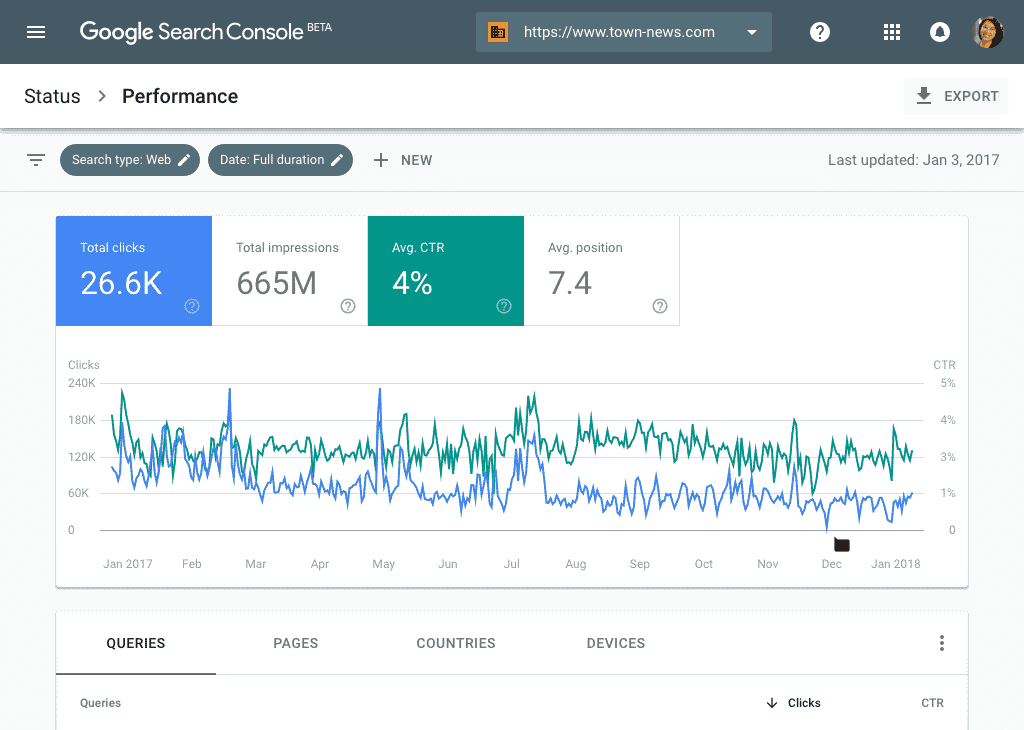
Use Google Search Console to see international site impressions, where you stand in the search engine results pages (SERPs), and which queries drive the most traffic to your site. It also has an international targeting report that lets you target specific countries and monitor your hreflang errors.
Google Analytics
You can gain a ton of insight on international users from Google Analytics. Whether you want to see how global users interact with your content, navigate your site, or dive deeper into their wants and needs, you can do it all here. The tool’s benefits do not stop there, though, as Analytics can also help you pick the best language for your marketing campaigns and sites, which can come in handy in countries where more than one official language is spoken, such as Belgium. It also works wonders for pinpointing emerging markets that are worthy of your attention, picking the right advertising mediums per country, and more.
Ahrefs
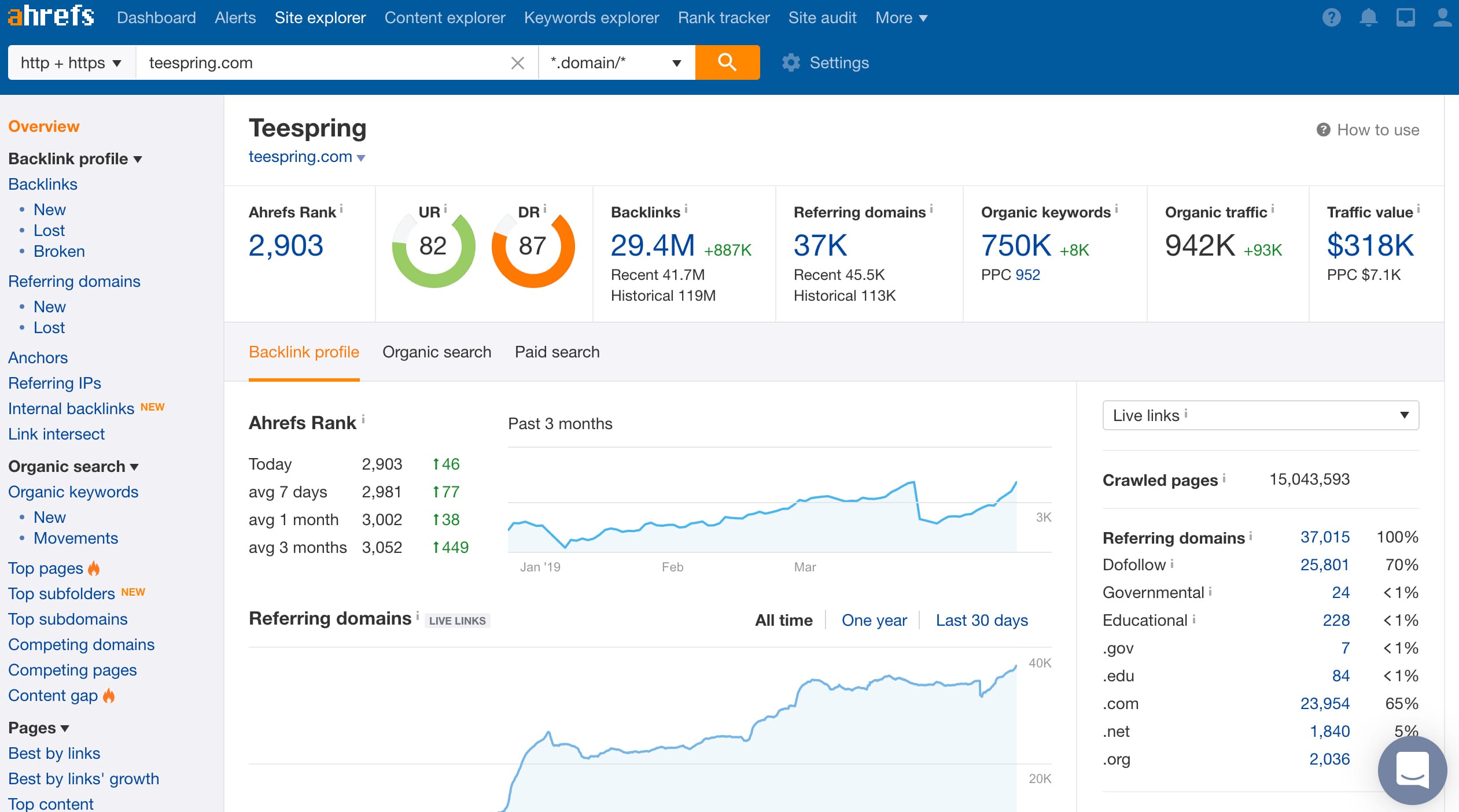
Ahrefs has many features that can help boost your site’s search engine placement. In terms of international SEO, keep an eye on its organic keywords and top pages reports. The organic keywords report shows keyword rankings for over 200 countries. The top pages report, meanwhile, shows the top pages by organic traffic for 200-plus nations.
You can learn more about this popular tool by reading our Ahrefs SEO Software Review.
HubSpot
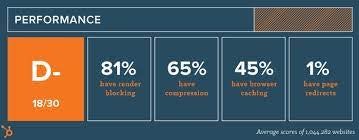
One of the most popular SEO tools is HubSpot, and with good reason. It gives you nearly everything you need to ensure your on-page SEO is up to snuff, while also helping you structure your site so users and search engines can understand it. And when it comes to international SEO, HubSpot can help you create a comprehensive global content strategy so you can fill your sites with what worldwide users want.
Semrush
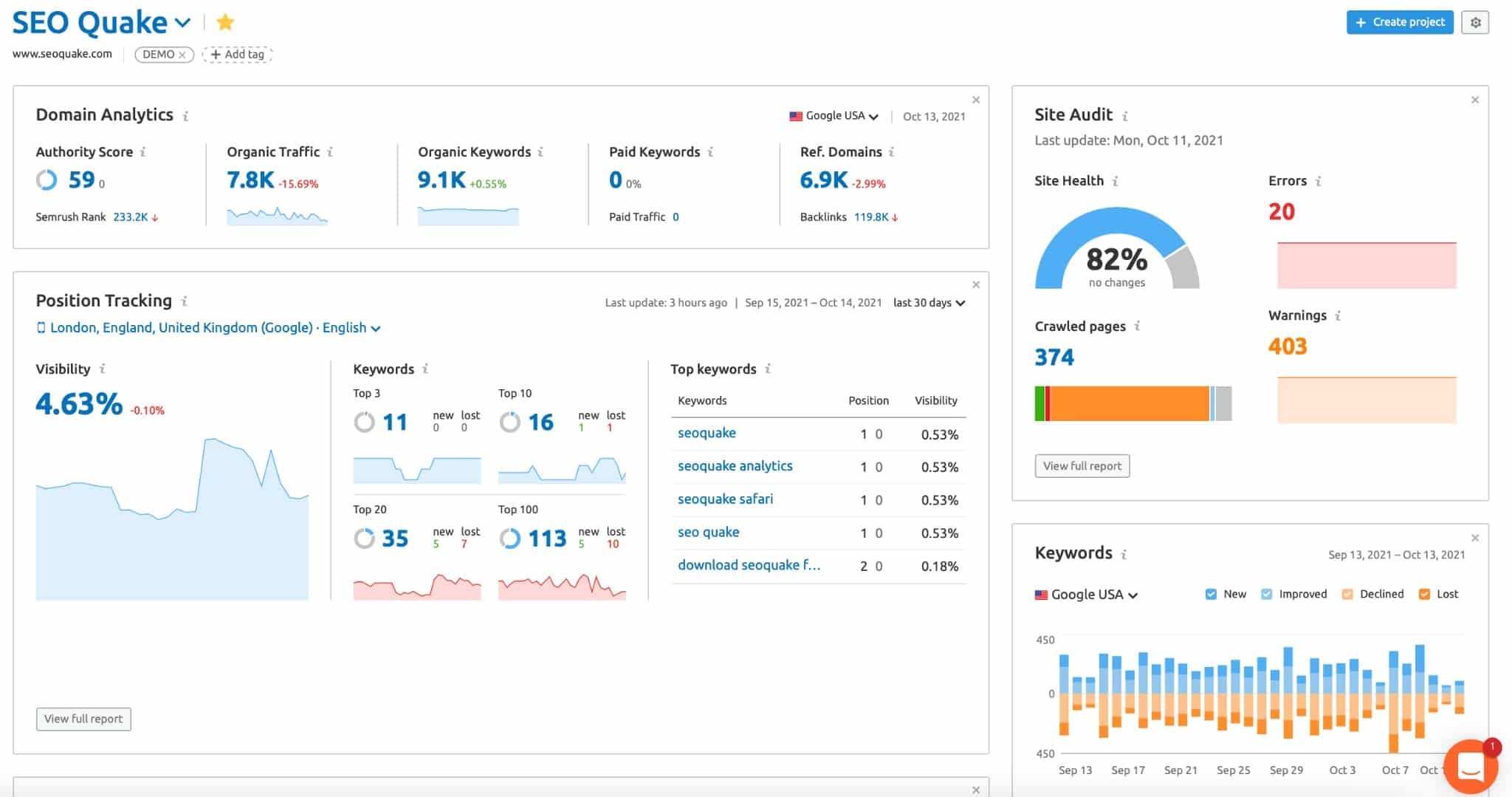
Semrush can boost your international SEO efforts by finding the top keywords for each country. It also has a position tracking feature to track keyword performance in any location, either on a national or local level. Is your on-page SEO lacking? Semrush will tell you what to fix, so your global SEO is maximized, and it will also help you fix and find hreflang mistakes.
You can learn more by reading our SEMrush SEO Tool Review.
Moz
If you want to ensure your standard SEO is as it should be before moving on to the global level, Moz can help. Whether you are looking to dominate local or international SEO, its features can assist by allowing you to perform keyword research, backlink profile analysis, keyword tracking across 170-plus search engines, site audits, and more.
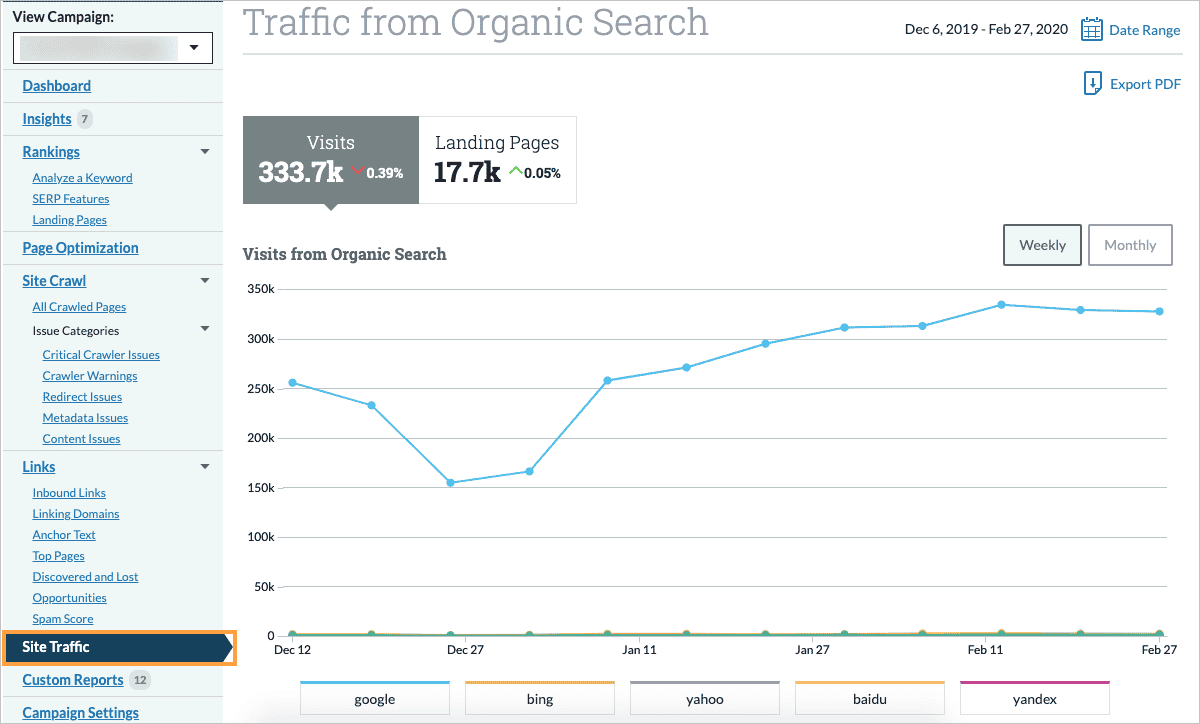
Interested in more search engine optimization tools? We have a few roundups of SEO Tools that showcase some of the best on the market:
Disclaimer: We may be compensated by vendors who appear on this page through methods such as affiliate links or sponsored partnerships. This may influence how and where their products appear on our site, but vendors cannot pay to influence the content of our reviews. For more info, visit our Terms of Use page.



